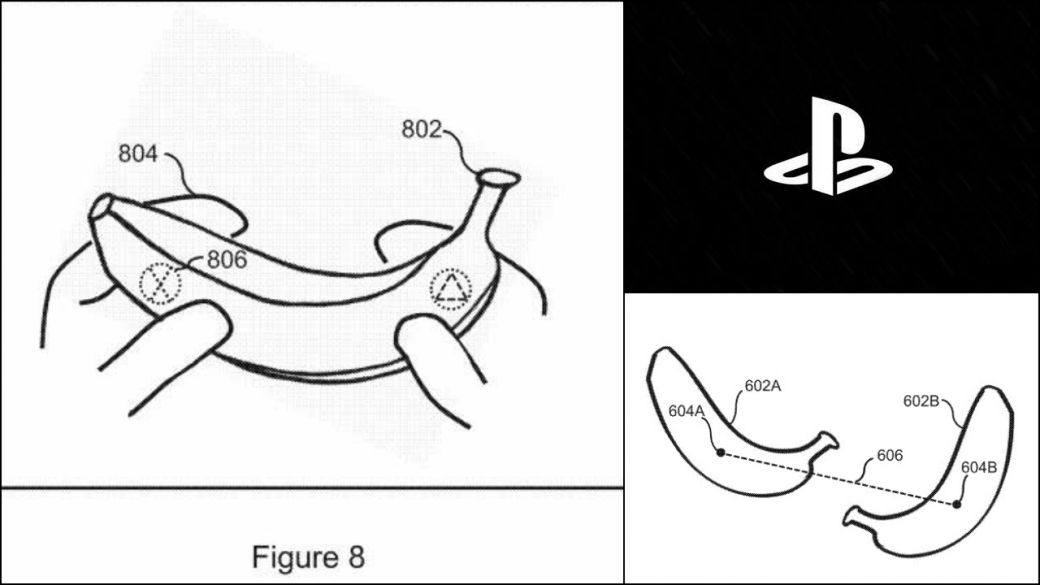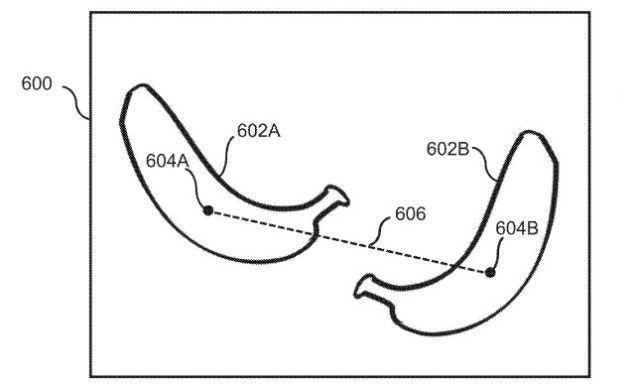
The Japanese company experiments with new control methods away from the traditional command with command mapping technology.
Sony Interactive Entertainment Inc. has registered a new control system for video games as an alternative to the traditional controls of its PlayStation consoles. The Japanese company, in its aim to find variables that take advantage of new technological possibilities, seeks with this patent to be able to use different non-luminous objects as control peripherals; for example, bananas, oranges, feathers or cups.
The document, advanced by GamesIndustry and presented on February 4, 2021, offers a description that, surely, now seems much more complex to carry out than in a few years. “A system to generate input methods”, they begin by saying, would consist of an operable input unit (the budding object; what it would do as a command) by using a non-luminous object held by the user as if a command traditional was involved.

Sony Interactive Entertainment Inc.
The operation would consist of a camera, capable of taking images of the object held by the player (which does not emit light so as not to cause a conflict in this detection process), which would then record its appearance and shape through pixels, colors and a Position mapping to precisely determine the action buttons. After this registration process, the chosen object could be used as a controller for programmed video games.
Why is Sony experimenting with something so unconventional?
“The system also includes an object detector and a pose detector of the object to detect the same and its respective pose in the images obtained” that we can see attached in this news. Now why? What can lead Sony to use such common and inexpensive items as a controller for its PlayStation platforms? Neither more nor less than the desire that the user “can use an inexpensive, simple and non-electronic device as a video game peripheral”.

Sony Interactive Entertainment Inc.
As they explain, sometimes there are problems derived from precisely that, the cost that these peripherals sometimes imply and the barrier they imply as they are such specific items and equipped with high technology. The PS5’s DualSense, for example, features adaptive triggers and haptic feedback. Another image makes explicit the possibility of using two objects (two bananas, in the images), somewhat yielding part of the control scheme to the left and right article; something similar to what peripherals such as Wii Remote (Wii), PlayStation Move (PS3, PS4) or Joy-Con (Nintendo Switch) did in the past.
It should be said that large technology companies legally raise this type of patent documents to protect these ideas for commercial purposes or for real use in the eventual future; it doesn’t have to materialize into anything.
PlayStation has announced this past February the development of a new virtual reality device, which we know under the tentative name of PS VR 2. Here you have all the details.

